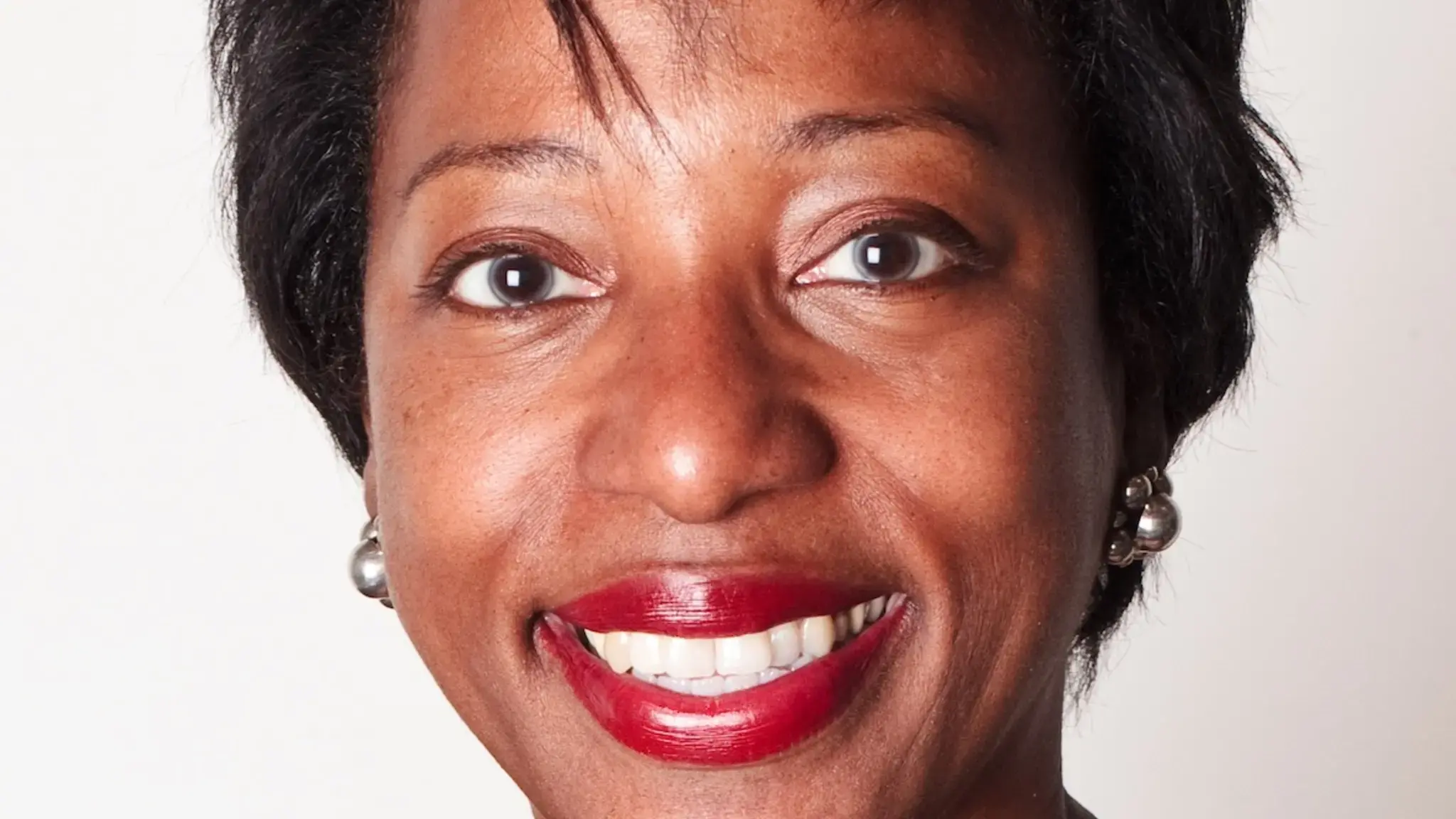

Pigeons on the Grass Alas: Contemporary Curators Talk About the Field lived on the The Pew Center for Arts & Heritage website as an ongoing series between 2011–13. The culmination of the series is now a publication, which is available through the Center. Below is the text of one our original interviews, conducted with Valerie Cassel Oliver, senior curator at the Contemporary Arts Museum Houston.
Whose curatorial practice has inspired your own work and why?
There have been so many sources of inspiration that this question is a very difficult one to answer. In truth, I have been deeply influenced by pioneers like Lucy Lippard, Linda Goode-Bryant, Samella Lewis, Deborah Willis, Leslie King-Hammond, Lowry Stokes Sims, Jeanette Ingerman, and Thelma Golden, among others. They are true intellectuals—modern-day philosophers who have reconfigured how we think about art and the people who create art and why they create. They have also understood, instinctively, that art is a component of a much larger history and existence.
How has your thinking about exhibition-making and your role as a curator changed since you first started the field?
I assumed the role of curator in 2000, but I’ve worked in the arts since the mid-1980s—first in grants management at the National Endowment for the Arts, then in public programs at the School of the Art Institute of Chicago. My thinking as a curator has been informed by these “other lives” that I’ve been fortunate to live and I continue to think about exhibitions from the perspective of what’s new that can be brought to the table—what’s missing from the dialogue.
What pressing issues in the field of contemporary art are not being fully dealt with in curatorial practice at the moment?
There are a lot of pressing issues; however, what is and what has remained important to me is rooted in a dialogue that began in the 1980s, which called into question how people are represented or, more importantly, not represented in the history of art. There is much work yet to do with regard to building repositories of information and integrating key figures into the canonical histories that form our understanding of modern and contemporary art practice. While I do not want to be perceived as undertaking a “revisionist” point of view, I also do not want to buy into the concept that we are beyond the need to insert this history or these narratives into the canon. It really is about building a more complete understanding of the history of art for future generations.
How do the ethical responsibilities of curators compare to those of artists?
I’m honestly unsure how responsibilities compare, but I would imagine that curators, just as artists, share the need to be authentic both in their interest and investigations. I also believe that you have an ethical responsibility to continue to experiment in your practice and to be willing to fail in the pursuit of constantly growing and expanding.
Should museum-funding remain a local and national priority during times of great economic uncertainty? If so, why?
Yes. Absolutely. It is precisely in these times of need and uncertainty that the ability of art to transform lives can be truly felt. Museums can offer not just a place of solace, but also a place of inspiration. So often, people only want to discuss life in quantifiable terms—numbers and indicators of success. However, art deals with the quality of life; the intangibles that expand that narrow focus into a more broadly interconnected reality. It literally has the ability to help us see “humanity” or lack thereof. I am a big believer. I now work at the very museum that I visited as a teenager living in Houston during the early 1980s (in the midst of a very sharp economic downturn). Walking into that museum exposed me to a world that I never knew existed. It made me want to know more and now, here I am. My sincere wish is to provide that moment of inspiration to the next generation—to pay it forward!